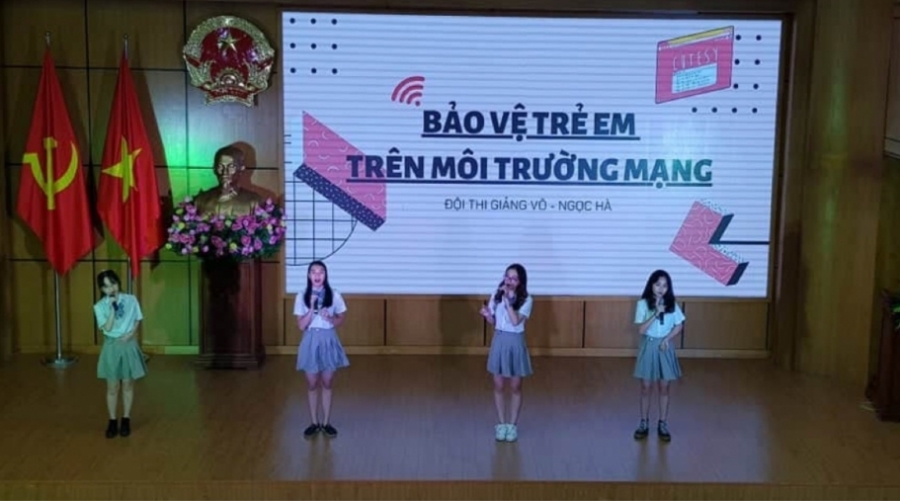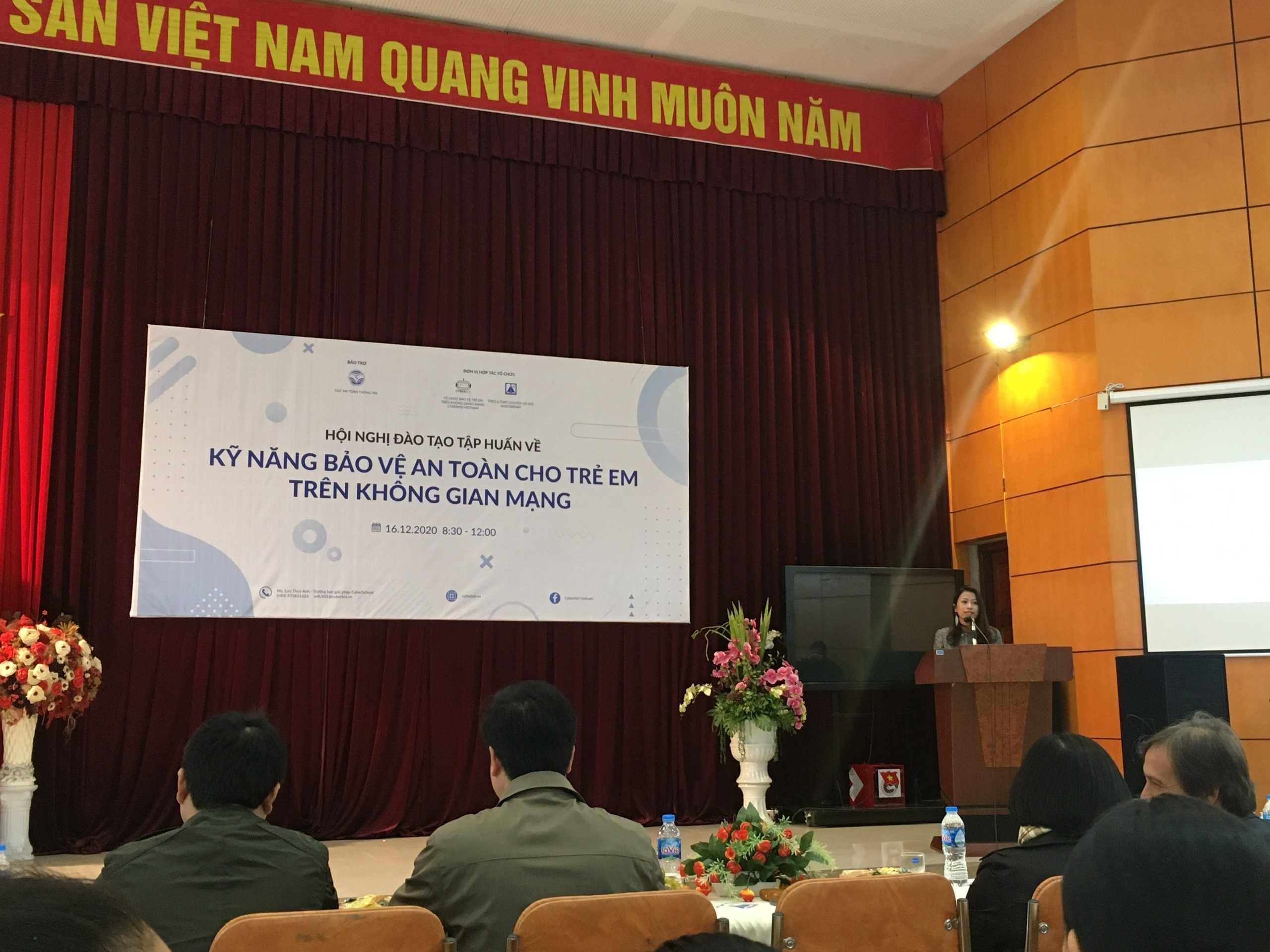Due to the complexity of social networks, so besides "hard" solutions, Vietnam needs to build and implement "soft" solutions to propagate and raise awareness of people about the rights and responsibilities of netizens to behaviors in the cyberspace.
Girls who are bullied on the Internet three times higher than boys
 |
|
Illustrative photo
|
In mid-October 2020, a girl in Tan Phu District (Ho Chi Minh City) died because she followed the "suicide game" on YouTube. Earlier, several suicide instructional clips following the popular "Momo challenge" trend in early 2019 made many parents uneasy. Although these videos were later removed, it seems that YouTube does not have a strong enough filter to remove all harmful content.
There is no denying the role technology plays in children's lives in providing knowledge, modes of work, entertainment, and enhanced social interaction. However, in the online environment, children are at risk of abuse such as images of children being abused, exploited were filmed and distributed widely online, exposing to violent and sensitive content, inciting content, negative behaviors, encountering inappropriate behaviors such as online bullying, sexually related texting, personal information being collect.
According to reports from relevant agencies and organizations at the National Assembly's Supervisory Mission conference held earlier this year, Vietnam is among the countries with the largest number of Internet users in the world, with 64 million users, accounting for 66% of the population. One third of them are adolescents and young people between the ages of 15 and 24 and each day more than 720,000 pictures of child abuse are posted online, with most of them being images of violence and sexual abuse.
Vietnam is among the countries with the largest number of Internet users in the world with 64 million, accounting for 66% of the population; of which, one third of users are aged 15 to 24. When participating in the cyberspace, children have many benefits but are facing many risks. This shows that every day, more than 720,000 pictures of child abuse are posted online, mostly about violence and sexual abuse.
 |
|
Illustrative photo
|
Each out of 4 children interviewed said that they had had a traumatic experience when using social networks; 1/3 used to be a victim of bullying on social networks. The number of girls who are bullied on the Internet is three times more than boys.
Surveys by the Institute for Sustainable Development Management (MSD) and the International Child Relief Organization also indicate that child abuse in the Internet environment is an alarming problem. In 2018, Vietnam had 706,435 reports of child sexual abuse images and videos online, ranking second in the Southeast Asian region and behind Indonesia.
The report “the Voice of Vietnamese children” published by MSD on June 2 shows that cyber bullying is one of the top 3 children's concerns and wants Vietnam to take more action to improve and resolve it because online bullying against children leaves a particularly heavy consequence than bullying at school.
The effective Law on Cyber Security has dealt with many accounts and websites with objectionable content, but whether all the sanctions of the law are used or not depends on the determination of the authorities. But the punishment and removal of harmful content on cyberspace is just the tip.
In the digital age, social networks contain huge information and are very useful for those who know how to exploit it. Prohibiting children from participating in cyberspace has limited children's opportunities to access information and knowledge. Instead, on the one hand, it is necessary to equip children with knowledge and skills to use safety networks, at the same time the government needs to strengthen other protection solutions.
Code of conduct on cyberspace to be issued soon
 |
|
Illustrative photo
|
Answering questions of National Assembly deputies on November 9, Minister of Information and Communications Nguyen Manh Hung affirmed that the Code of Conduct on cyberspace will be issued in 2020, which adequately integrates the issue of protection of children on the internet.
This information has been waiting for a long time by parents, especially when the "giant" video sharing platforms have recently faced many criticisms for letting malicious videos targeting children be shared.
Previously, the Department of Information Security (Ministry of Information and Communications) and Department of Children (Ministry of Labor, Invalids and Social Affairs) signed a joint plan for child protection in the Internet environment.
The main objective of the joint plan is to recognize and implement the commitments agreed between the two sides on the basis of exploiting each party's strengths; strengthen coordination in directing and effectively implementing measures to protect children in the online environment. This is the first time that there has been close cooperation between the state management agency on cyber information security and the state management agency on child rights assurance.
Building a child protection network in the cyberspace will connect agencies, organizations and businesses together, forming a harmonious process to prevent, detect, intervene and handle acts of child abuse in the Internet environment. Through this network, children will easily speak up, access support services, be safely protected when being harmed or at risk of being harmed in the cyber space, similar to the support, intervention process to help children at risk or be harm in real life.
Ensuring that children can operate and interact positively and healthily in the Internet environment is not just the task of any specific ministry or branch but also the mission of the whole society.
Therefore, it is necessary to build and pilot an ecosystem to promote organizations and businesses to participate in building healthy content for children in the online environment.
Thuy Nguyen